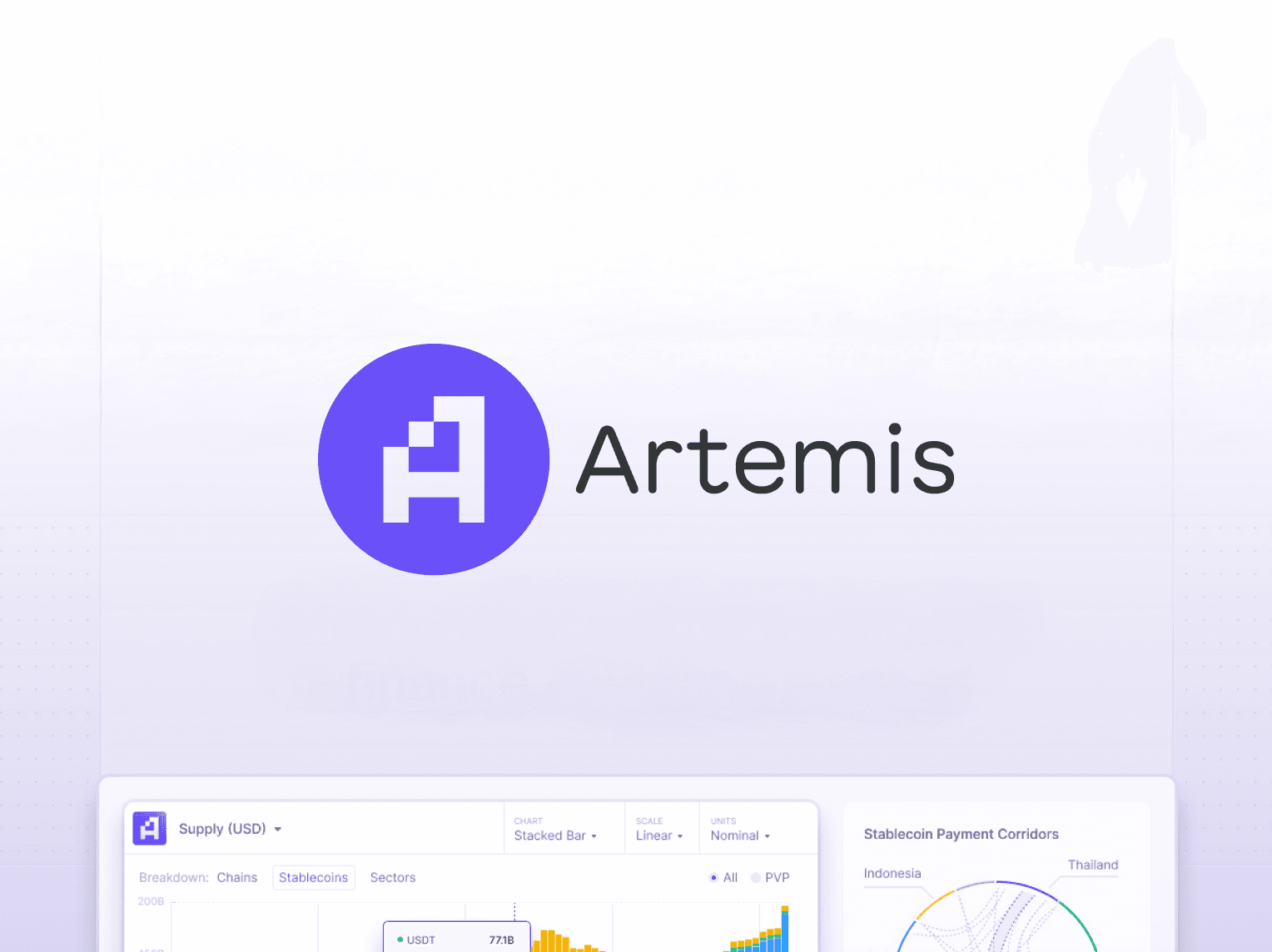Polkadot launches pioneering cross-chain communication with NFT functionality
Polkadot, the scalable and secure network protocol for Web3, has just reached a major milestone: the launch of XCM — a messaging system that allows communication between its various parachain.
 By Polkadot•May 3, 2022
By Polkadot•May 3, 2022Polkadot’s XCM (cross-consensus messaging) format means the network’s foundational objective to be a fully interoperable multichain ecosystem has been fulfilled.
Unlike other bridging mechanisms, which introduce a weakest-link problem, messages across XCM channels are secured at the same level as the Relay Chain, Polkadot’s central hub used by all chains in the network.
Parachains, custom-built blockchains which support a wide range of use cases and protocols - and already benefit from shared security - can now use XCM to transfer any asset, token, or data among themselves.
More than 550 chains, apps, and services have already been built within Polkadot and its “canary” network Kusama, according to PolkaProject.
The custom-made parachains have been built using Substrate, the user-friendly, modular blockchain software development kit underpinning the Polkadot network.
Polkadot’s system parachain Statemint was also upgraded, allowing network users to mint NFTs for the first time, teleport them from one chain to another and even track them across chains. This opens up a new world of possibilities for NFTs which have previously been confined to their own chains. Examples include the following:
- Centrifuge, a project looking to provide financing without banks or other intermediaries, will allow prospective home-buyers to use an NFT as collateral to obtain a mortgage.
- Users can seamlessly use tokens from one parachain within the applications of another parachain, a feature currently being enabled by Moonbeam.
XCM is a language that allows communication not just between the parachains themselves but also smart contracts and Substrate runtime modules, also known as pallets.
Future iterations are in the pipeline. Ultimately, XCMP will allow messages to be sent between parachains without needing to be stored on the Relay Chain. This will make the process more scalable and eliminate the requirement for a governance process for individual chains.
Most excitingly of all, it will also allow messages to be sent to any chain that can decode SCALE encoded messages, including Ethereum and Bitcoin.
Later, this would also give Polkadot the ability to communicate with Kusama, the network that allows developers to explore the capabilities of Polkadot in a pre-production environment.
Communication with other networks will signal the end of independent “blockchain silos”, meaning developers across the entire sector will be able to share ideas more easily, leading to more rapid deployment of innovations.
This is a major departure: until now, one of the most significant drawbacks within blockchain technology has been the necessity for teams to work in unconnected environments, limiting growth and damaging the scalability of individual projects.
The Polkadot network is committed to providing unparalleled scalability, efficiency, and security for parachains, and this feature is a watershed moment for the ecosystem.
The advent of XCM has been met with enthusiasm across the ecosystem.
Hoon Kim, chief technical officer of Astar, said: “With XCM, we have a stable and reliable inter-chain messaging channel that is far superior to the fragmented bridges. I can imagine a future where more and more projects use XCM to create something that was impossible just a couple of years ago.
“I see traditional smart contracts on isolated layer 1 chains like setting up shop in a kingdom surrounded by walls. Then we have bridges which are like a trading route that first connected nations from nations. Now we have XCM, which is like a free trade agreement for blockchains. This is the natural future.”
Eliott Teissonniere, chief technical officer of Nodle, said: “XCM allows us to leverage the unique features from our parachain partners without having to reinvent the wheel in the most secure manner possible. For instance, we will be able to run a DAO on Astar that manages funds on Acala and controls real-world devices via Nodle.”
Background information
XCM has been fully audited, and was successfully tested on Kusama. Both Polkadot and Kusama implement Substrate's forkless upgrades protocol. This means that without a hard fork or updating the node software itself, the business logic of the chain can be updated by on-chain governance.
Parachains open channels to other parachains by sending an XCM message to the Relay Chain instructing it to open the channel, and inform the remote chain of the request.
Media inquiries: press@parity.io











